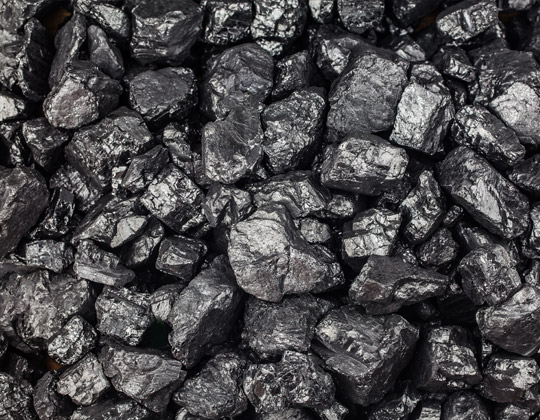
As the world grapples with climate change and seeks cleaner alternatives to fossil fuels, bio-coal has emerged as a promising solution. But can it truly replace traditional fossil fuels? This blog explores the production, benefits, limitations, and future potential of bio-coal in the global energy landscape.
What is Bio-Coal?
Bio-coal, also known as torrefied biomass, is a renewable energy source produced by heating organic material (such as wood, agricultural residues, and waste biomass) in a low-oxygen environment. This process, called torrefaction, removes moisture and volatile compounds, resulting in a high-energy, carbon-rich fuel that closely resembles traditional coal.
Key Characteristics of Bio-Coal :
- Higher Energy Density: Bio-coal has an energy content ranging from 18 to 24 MJ/kg, compared to raw biomass at 8-12 MJ/kg.
- Hydrophobic Nature: Unlike raw biomass, bio-coal is resistant to moisture, allowing for better storage and transport.
- Lower Emissions: When burned, bio-coal produces significantly lower CO2 emissions than fossil coal.
- Compatibility with Existing Infrastructure: Bio-coal can be used in traditional coal-fired power plants without extensive modifications.
Bio-Coal vs. Fossil Fuels: A Comparative Analysis
1. Environmental Impact
- Bio-Coal: Carbon-neutral, as the CO2 released during combustion is offset by the carbon absorbed by plants during growth.
- Fossil Coal: Major contributor to greenhouse gas emissions, leading to global warming.
- Impact: Bio-coal significantly reduces carbon footprints, making it a greener alternative.
2. Cost and Availability
- Bio-Coal: Production costs vary between $50–$120 per ton, depending on feedstock and processing technology.
- Fossil Coal: Costs around $40–$100 per ton but subject to price volatility due to market fluctuations.
- Impact: While bio-coal is currently more expensive, advancements in technology may drive costs down.
3. Energy Efficiency and Performance
- Bio-Coal: Has a heating value of 18-24 MJ/kg, which is lower than high-grade fossil coal (~24-30 MJ/kg).
- Fossil Coal: Higher heating value, but produces more pollutants.
- Impact: Bio-coal may require blending with fossil coal to achieve optimal efficiency.
4. Sustainability and Resource Availability
- Bio-Coal: Derived from renewable biomass, ensuring long-term sustainability.
- Fossil Coal: Finite resource, with reserves depleting rapidly.
- Impact: Bio-coal presents a viable long-term energy solution, reducing dependence on non-renewable resources.
Challenges in Bio-Coal Adoption
Despite its advantages, bio-coal faces certain challenges:
- High Production Costs: Compared to fossil coal, bio-coal production is currently more expensive.
- Limited Large-Scale Production: Bio-coal infrastructure is still developing, restricting mass adoption.
- Competing Uses of Biomass: Agricultural and forestry residues have multiple applications, affecting availability for bio-coal production.
- Regulatory and Policy Barriers: Government incentives and policies vary across regions, influencing adoption rates.
Future of Bio-Coal: Can It Replace Fossil Fuels?
The transition from fossil fuels to bio-coal is promising but requires further advancements in technology, policy support, and industry collaboration. Some key developments include:
- Investment in Bio-Coal Production Plants: Increased funding can scale up production and lower costs.
- Government Incentives & Carbon Credits: Policies supporting renewable energy can drive bio-coal adoption.
- Technological Innovations: Improved torrefaction techniques can enhance efficiency and reduce costs.
- Blended Fuel Approach: Using bio-coal in combination with traditional coal can serve as a transitional strategy.
Bio-Coal: Powering a Sustainable Future, One Pellet at a Time!
Bio-coal presents a compelling alternative to fossil fuels with its environmental benefits, renewable nature, and compatibility with existing infrastructure. While challenges remain, continuous innovation and supportive policies can pave the way for bio-coal to become a mainstream energy source.
